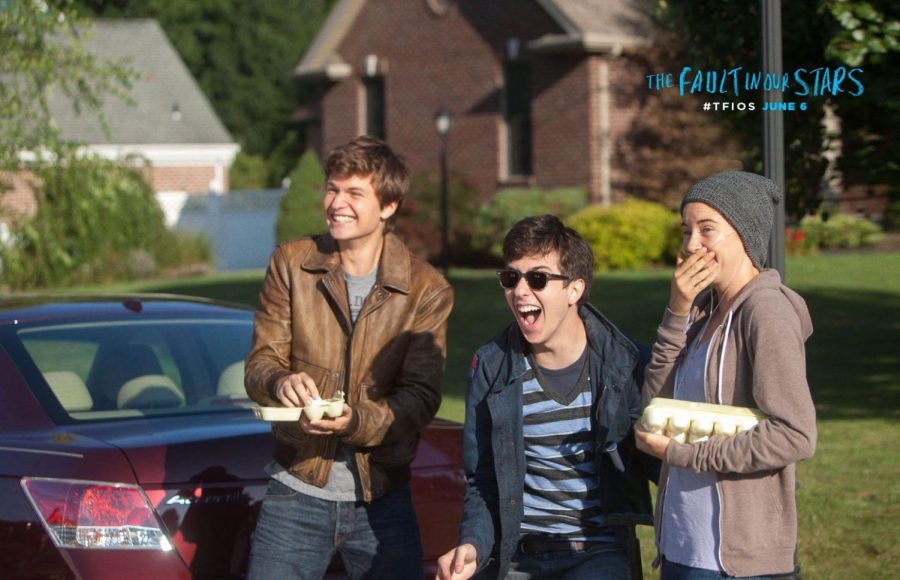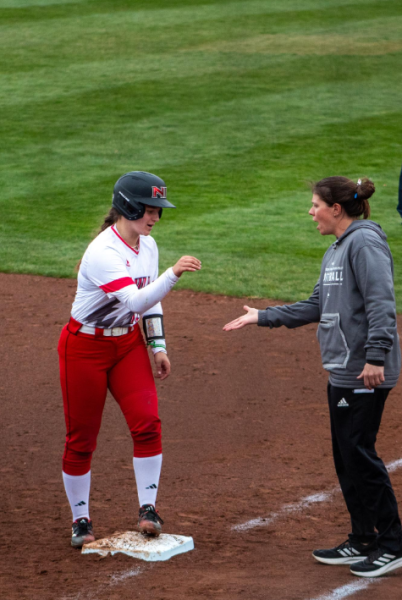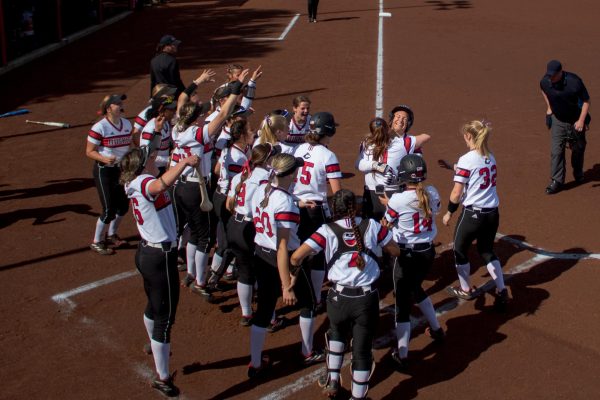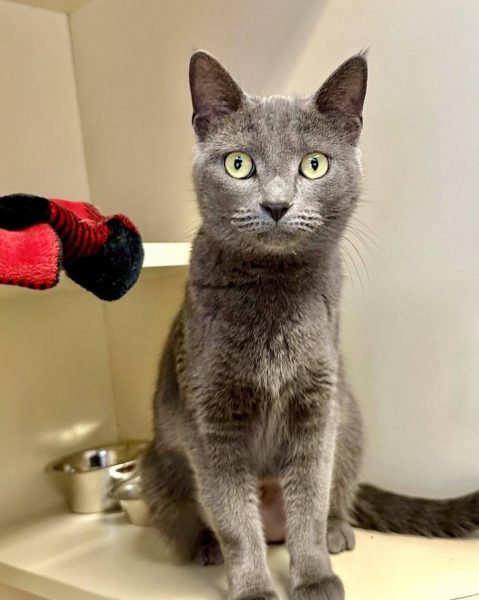Films dominate book counterparts
October 2, 2017
Anyone can say novels are better than their films and it’s a rare occasion when the credits start to roll and expectations of the film are positively fulfilled. When comparing them side by side, these three films do an amazing job presenting the novels they’re based on in a unique and enlightening way.
“Me and Earl and the Dying Girl” released July 1, 2015
While the novel “Me and Earl and the Dying Girl” by Jesse Andrews is hard to finish due to its extreme flamboyance, the film is worth watching. Reading the novel is not as enjoyable, as it reads too much like a diary entry. The main character, Greg Gaines, is unrealistically immature and the use of repetition, exclamations and sarcasm make for quite an annoying read.
The novel is not dramatic at all and is too loud due to its extensive ostentatiousness. By the time readers reach the end, if they’re capable of doing so, reading is no longer intriguing and the story lacks the drama needed to keep the reader involved, leading them to finishing the book just to get it over with.
Having wasted time, finishing the narrative left an emptiness no one should feel after reading a novel.
The film was just the opposite. Combining substantial music, actors and cinematography, the film settled the exaggerations down, giving the tone just enough quirk. Actors Thomas Mann, RJ Cyler and Olivia Cooke mesh well together and deliver a dramatic performance. By the end of the movie, emotions flow with the help of heartbreaking music and slow scenes allowing viewers time to digest the events.
“The Fault in Our Stars” released June 6, 2014
When searching for a tear jerker, reading and watching “The Fault in Our Stars” will satisfy the need of melancholy drama. While reading, following the main character is pleasant and easy and the story takes the reader on an emotional journey through the ups and downs of teenage love.
Although the novel by John Green was well written and enjoyable, seeing the characters come to life on-screen did the story justice.
The actors bring out a cynical yet lovable sensation to the film and leave the viewer feeling full and content.
Blame Shailene Woodley who plays Hazel Grace Lancaster and Ansel Elgort who plays Augustus Waters, for surrendering to a brave performance improving the experience of the story. Woodley gives an authentically real performance bringing out the attitude of her character much better than the book’s Hazel. Elgort dives into the sexy side of Augustus, being a bit more confident and casual than the book portrays.
Both actors commit to their Romeo and Juliet like characters making the viewer feel their struggle to decide whether to go all in or save themselves from heartbreak.
The movie follows the events from the book almost exactly, giving viewers a sense of reminiscence.
“The Great Gatsby” released May 10 2013
“The Great Gatsby” written by F. Scott Fitzgerald is an excellent read, but the film outshines it in a number of ways by the intense color to a mixture of old and new sound put together. Filled with irony, motifs and romance, this film keeps eyes glued to the screen.
The glamorization of colors and costume make one feel like Dorothy stepping into The Land of Oz seeing color for the first time. Submitting to a vulnerable role, Leonardo DiCaprio plays the part of Jay Gatsby, giving in to love and never taking no for an answer. Although the acting was a bit dramatic, it fit in with the other extreme aspects of the story such as fireworks, flowers and Gatsby’s parties.
Despite being more enjoyable than the novel, there aren’t many bad things to say about it. Though the novel did not offer as much pizazz as the film, it kept the attention of the reader with the grand story. The film and the novel hold a steady sequence of events and are equally romantic.














